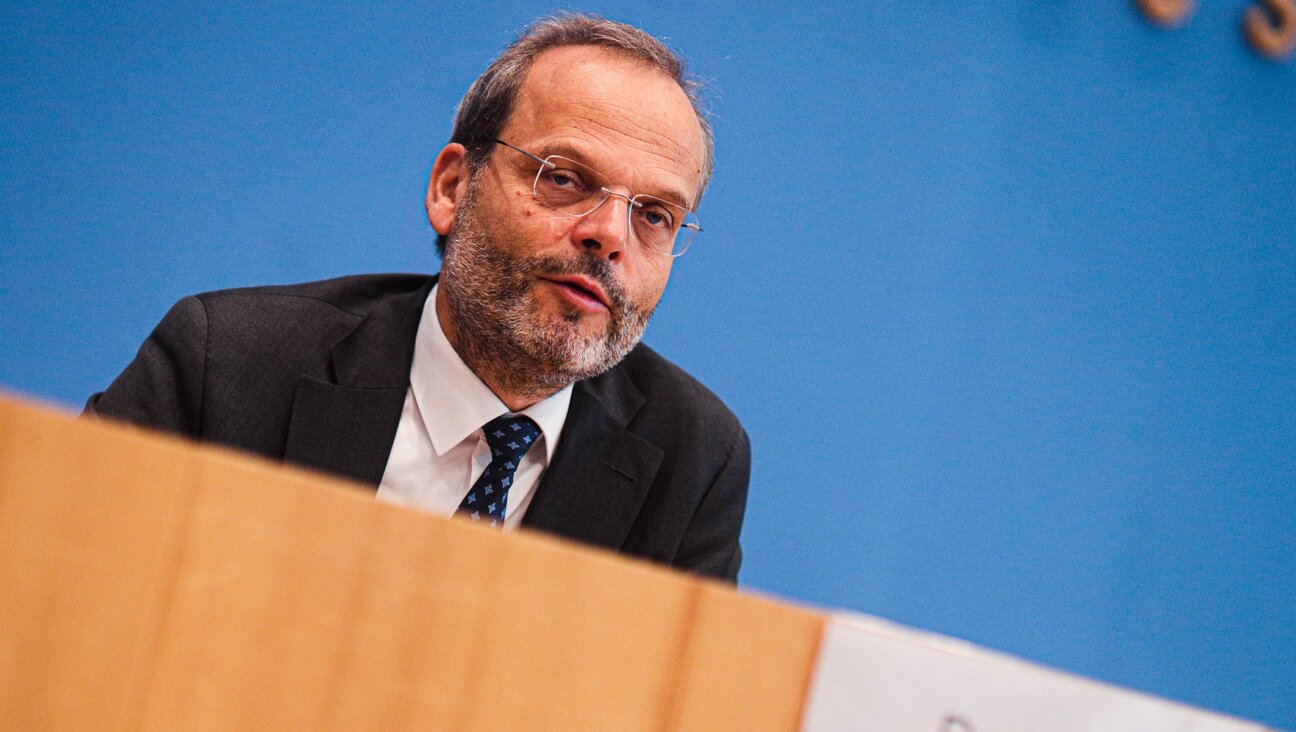Anti-Defamation League Finds Rise in Anti-Semtic Assaults but Drop in Total Incidents

Image by Courtesy Anti-Defamation League
While anti-Semitic incidents in the US are still low compared to previous decades, the number of violent assaults jumped dramatically in the last year.
In its annual Audit of Anti-Semitic Incidents, the Anti-Defamation League found a total of 941 anti-Semitic incidents in 39 states and the District of Columbia in 2015, compared to 912 in 2014.
The total of violent assaults, which include any instance of physical intimidation or force, reached 56, a large jump from 36 in 2014.
“While overall, over the past decade, the total number of anti-Semitic incidents has trended downward, the number of assaults has greatly increased in that number of incidents,” said Jason Turetsky, assistant director of the Research Center at ADL.
The ADL has been keeping track of anti-Semitism reports since 1979. According to their statistics, the number of total incidents has peaked at 1,556 in 2006 but has generally been on the decline since then.
But the largest jump still occurred in the number of college incidents of anti-Semitism, rising to 90 instances at 60 college campuses compared to 47 instances on 43 campuses in 2014. Turetsky said that while the increase could be exacerbated by an upcoming election and current political climate of polarization, the numbers should still be read in a wider context of better reporting and numbers that have stayed steady over the years.
“It’s important to note that it’s not like they’re on fire, but it’s still disturbing to see that increase,” he said.
The report also found that reports of vandalism and harassment have remained steady from 2014 to 2015 — 377 to 363 and 508 to 513.
According to Turetsky, the ADL was surprised to see an increase in assaults in 2015 rather than 2014 since an upward spike usually coincides with military action in Israel.
“When Israel is in the news a lot, we often see an uptake in anti-Semitism in the US,” he said.
He also said that, in the upcoming year, the ADL will be developing tools for better quantifying the online harassment and targeting that often goes undetected.
In a statement released on Twitter, Hillel International President Eric D. Fingerhut said that the organization was “responding to the growing number of anti-Semitic incidents on campuses, including times when legitimate debates about Israel devolve into acts of bias and hatred towards Jews.”
.@eric_fingerhut responds to @ADL_National’s Audit of Anti-Semitic Incidents. Report: https://t.co/TquKGxJNR2 pic.twitter.com/DkqTYmHvRh
— Hillel (@HillelIntl) June 22, 2016
Barry A. Kosmin, a Trinity College researcher who studies anti-Semitism on college campuses, said that such a high ratio of assaults to incidents appears counterintuitive.
“The ratio is very high for any kind of criminal statistics. The ratio between burglaries and murders is hardly three for one,” said Kosmin.
He also feels that the numbers alone do not tell the full story that is required before the media starts to ring alarm bells — he’d like to know more about the specific nature of the crimes and their victims.
“Who’s organizing it? Who are the perpetrators? Who are the victims?” he asked.
While Turetsky said that their reports are not meant to be a scientific poll, he hopes that they can point to a consistent problem.
“I think the story that’s important to remember is the effect this has on individuals and on the Jewish community.”
Contact Veronika Bondarenko at [email protected] or on Twitter, @veronikabond.















